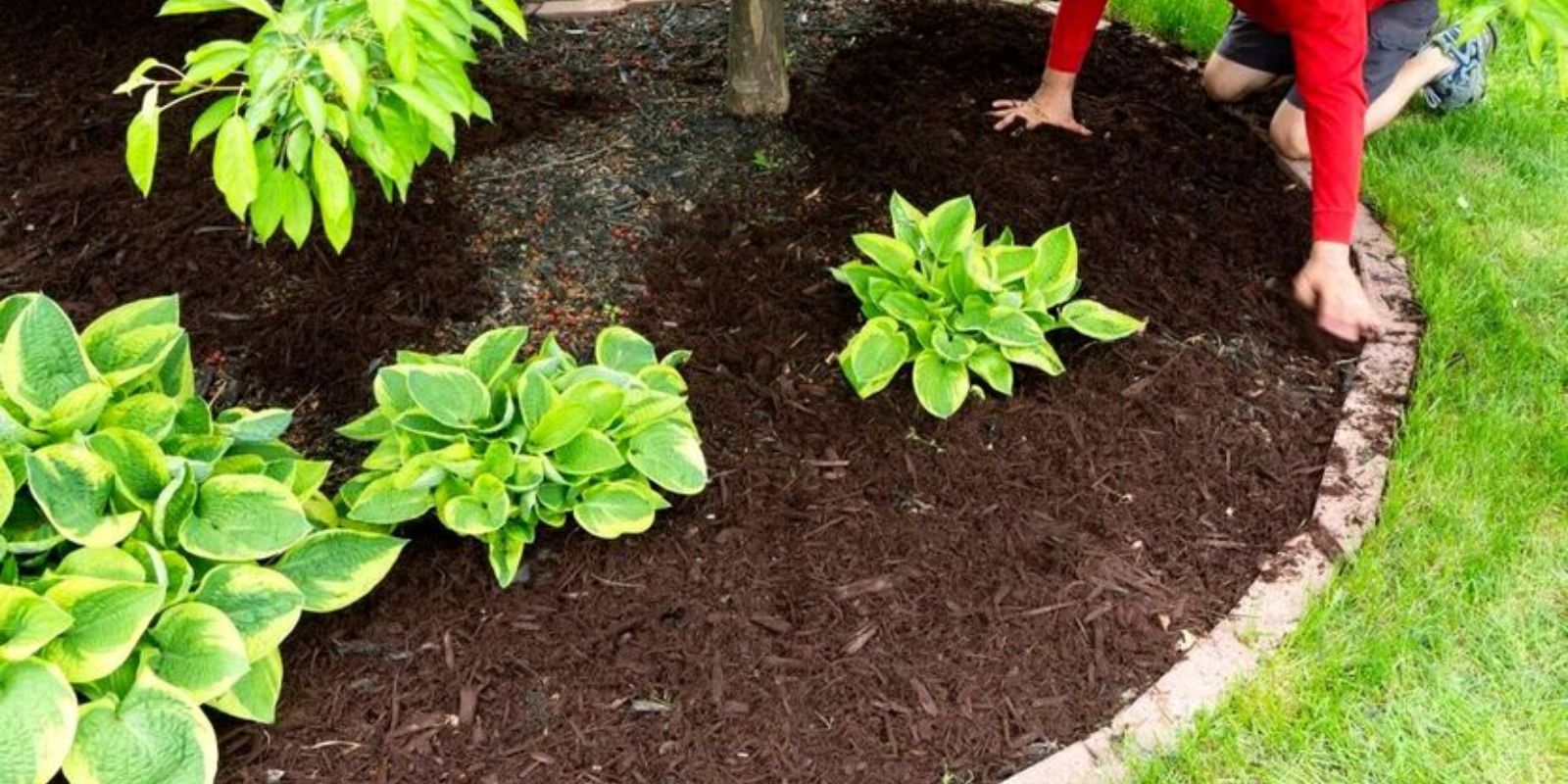Introduction
In gardening, achieving the perfect balance between aesthetics and functionality can be challenging. Organic mulching, inspired by the principles of sustainability, is a practice that meets this challenge head-on. Marie-Jeanne’s method of organic mulching not only enhances soil fertility but also ensures your garden looks naturally elegant. Whether you’re a seasoned gardener or a beginner, this guide will walk you through the steps, benefits, and tips to create a garden that is both productive and beautiful.
What is Organic Mulching?
Organic mulching involves spreading natural materials, such as wood chips, straw, or leaves, over the surface of the soil. This practice mimics the natural forest floor, where organic matter continuously decomposes, enriching the soil and protecting plant roots. Marie-Jeanne’s approach elevates this technique by combining ecological benefits with a focus on aesthetics.
Why Choose Organic Mulching?
Organic mulching offers numerous benefits for your garden, including:
- Improved Soil Health:
As the organic materials decompose, they release essential nutrients into the soil, improving its fertility. - Moisture Retention:
A layer of mulch reduces water evaporation, keeping the soil consistently moist and reducing the need for frequent watering. - Weed Suppression:
Mulch acts as a barrier, blocking sunlight and preventing weeds from sprouting. - Temperature Regulation:
Mulch insulates the soil, keeping it warm in winter and cool in summer, ensuring optimal conditions for plant roots. - Erosion Control:
Mulch protects the soil from being washed away by heavy rains, preserving its structure and nutrients. - Aesthetic Appeal:
Marie-Jeanne’s focus on blending textures and colors allows you to create a visually stunning garden.
How to Create Marie-Jeanne’s Organic Mulch
1. Select Your Mulching Material
Choose from a variety of organic materials based on availability and your garden’s needs:
- Wood Chips: Long-lasting and visually appealing, ideal for flower beds.
- Straw: Lightweight and easy to spread, perfect for vegetable gardens.
- Shredded Leaves: Abundant in autumn, they enrich the soil quickly as they decompose.
- Grass Clippings: Readily available, but use sparingly to avoid matting.
- Compost: A rich and nutrient-dense option that enhances soil fertility.
2. Prepare Your Garden
Before applying mulch, prepare the soil by removing weeds and loosening it with a garden fork or tiller. This ensures that nutrients and water can penetrate the soil effectively.
3. Apply the Mulch
Spread a 2–4 inch layer of mulch around your plants. Keep the mulch a few inches away from stems and tree trunks to prevent moisture-related rot. For pathways, use thicker layers for better weed suppression.
4. Blend Textures and Colors
To achieve the Marie-Jeanne aesthetic, mix materials like straw and wood chips for contrast or use bark mulch for a rich, uniform look. Experiment with different combinations to suit your garden’s theme.
5. Maintain and Replenish
Organic mulch decomposes over time, so check it regularly and add more as needed. This ensures consistent coverage and ongoing soil nourishment.
Pro Tips for Success with Organic Mulching
- Don’t Over-Mulch:
Too much mulch can suffocate plant roots or retain excessive moisture, leading to fungal growth. Stick to the recommended 2–4 inch depth. - Choose Seasonal Mulches:
Use lighter mulches like straw in summer for cooling effects and heavier mulches like bark in winter for insulation. - Avoid Treated Wood:
If using wood chips, ensure they are untreated to avoid introducing harmful chemicals into your soil. - Combine with Compost:
Layer compost beneath the mulch to supercharge nutrient delivery to your plants. - Use Mulch Strategically:
Apply mulch around trees, shrubs, and perennials but avoid mulching areas where seeds need direct sunlight to germinate.
Marie-Jeanne’s Secret: The Beauty of Mulching
What sets Marie-Jeanne’s organic mulching method apart is its emphasis on creating a visually pleasing garden. Here’s how to enhance your garden’s aesthetic appeal:
- Color Coordination:
Match mulch colors to your plants. For example, use dark bark mulch to highlight bright blooms or straw mulch to create a clean, minimalist look. - Defined Edges:
Use mulch to create neat, defined edges around flower beds and pathways for a polished appearance. - Pattern Play:
Experiment with layering different mulches in patterns to add texture and visual interest to your garden.
The Environmental Impact of Organic Mulching
Marie-Jeanne’s garden philosophy emphasizes eco-friendliness. Organic mulching reduces the need for chemical fertilizers, conserves water, and encourages biodiversity by providing habitats for beneficial insects and microorganisms. By choosing sustainable practices, you contribute to a healthier planet while enjoying the rewards of a thriving garden.
Common Mistakes to Avoid
- Over-Mulching Around Trees:
Piling mulch against tree trunks (volcano mulching) can cause rot and attract pests. - Using Fresh Grass Clippings Excessively:
Fresh grass can heat up and release ammonia, potentially harming plants. Let it dry before applying. - Ignoring Soil Needs:
Test your soil before applying mulch to ensure it meets your garden’s nutrient requirements. - Using Non-Organic Materials:
Avoid synthetic mulches that don’t decompose, as they don’t provide the same benefits as organic options.
Conclusion
Marie-Jeanne’s organic mulching method is a perfect blend of beauty, functionality, and sustainability. By following these steps, you can transform your garden into a lush, thriving paradise while reducing your environmental impact.
💬 Have you tried organic mulching in your garden? Share your tips and experiences in the comments below! 🌱
#OrganicMulching #SustainableGardening #BeautifulGardens #HealthySoil #EcoFriendly #GardeningTips #GreenLiving

